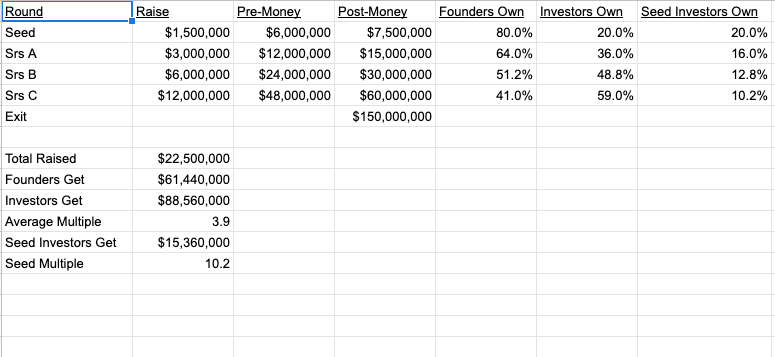After predicting an IPO bonanza in my new year’s day post in 2015, and being largely wrong about it for four years, we are finally seeing it happen.
I am not exactly sure what it is about this year, as opposed to any of the last five years, that has drawn all of these highly valued private companies into the public markets, but here we have it.
It does take a number of years for a privately held company to prepare to be a public company. They need to get their finance and legal houses in order, they need to beef up their teams in these areas, and they need to make sure they have a repeatable business that they can manage under the spotlight of the public markets.
Already we have seen S1s from Lyft, Pinterest, and Zoom. And we are likely to get them soon from Uber, Slack, Airbnb, and a host of others, in the coming months.
I see this as largely beneficial to the startup sector for the following reasons:
1/ We will have benchmarks from highly liquid markets in terms of what these high growth tech companies are worth. Until now, most of these benchmarks have come from illiquid private market auctions, which are not exactly the best price discovery mechanisms.
2/ Many employees, angels, seed investors, VCs, and growth investors will get liquidity from these investments and recycle it back into the startup sector. More capital means more startups and more innovation.
3/ Limited Partners, the providers of capital to venture capital and growth equity funds, will get large distributions which will give them more confidence in the startup sector and they will continue or perhaps step up their commitment to invest in early stage technology.
4/ These newly public companies will be able to accelerate their acquisition programs now that they have liquid stock and cash to fund those deals. That will further flow capital back into the startup sector.
Of course there will be negatives. It will be harder than ever to afford to live in the bay area. But tech folks from the bay area are certainly welcome in NYC, LA, and any number of other startup regions around the US. Get paid on your stock and move to a more affordable and liveable region!!!
And the monster funds that have been advocating staying private forever will have to argue why these IPOs are not what every other startup should be aiming for. And I think that argument is going to be harder and harder to make with this IPO bonanza under way.
All in all, I think the IPO bonanza that is under way in 2019 is a good thing. I have been expecting it and wanting it for years and I am pleased that it is now upon us.


